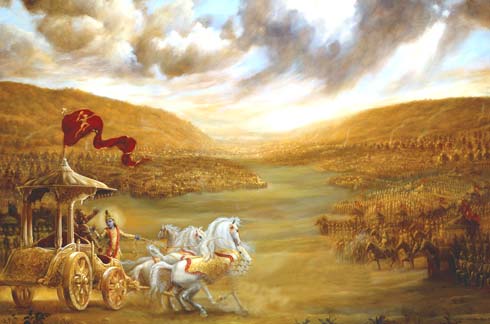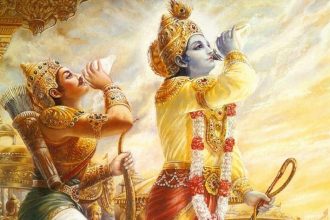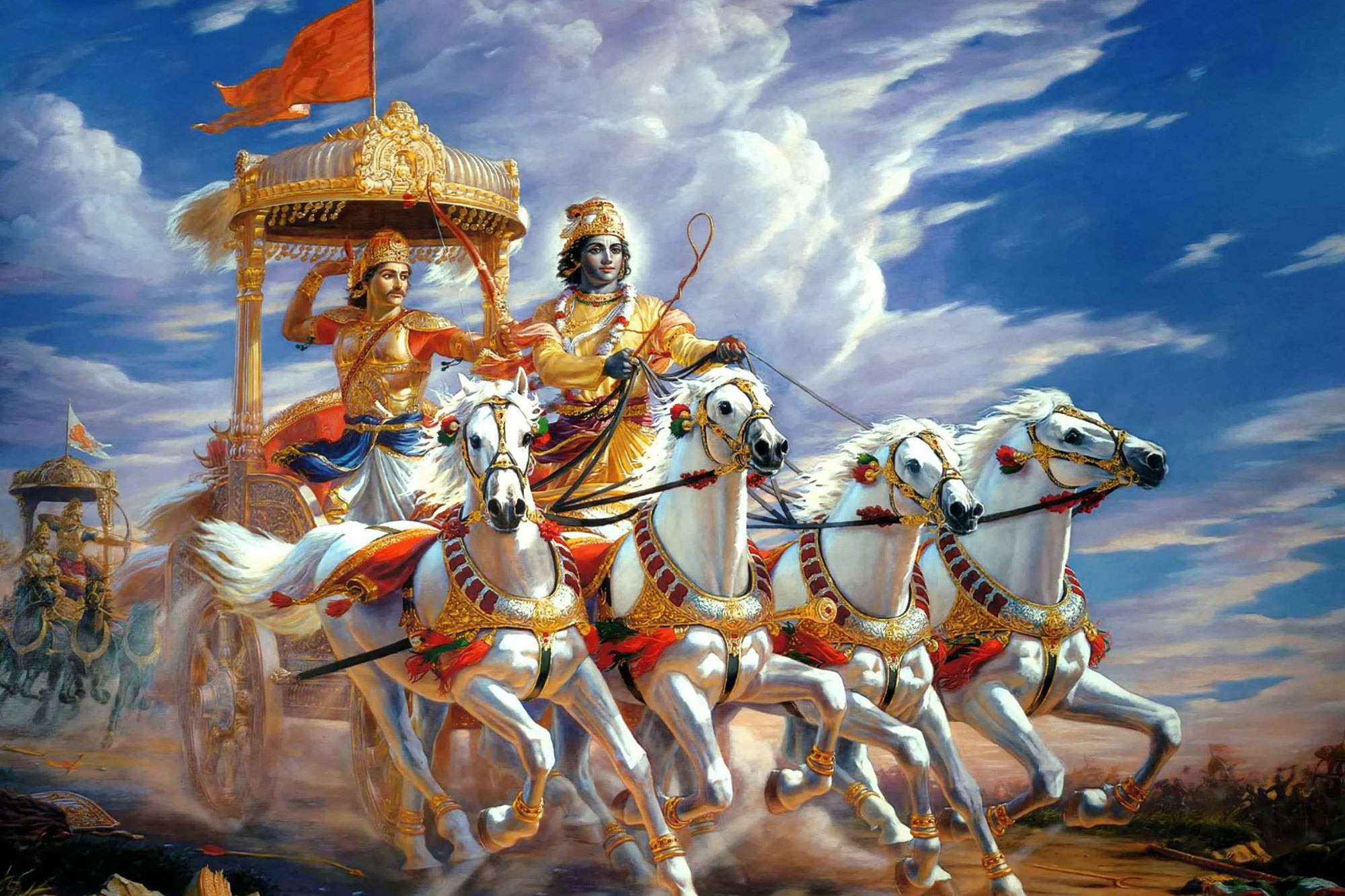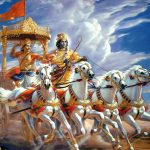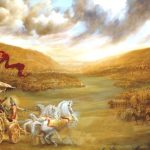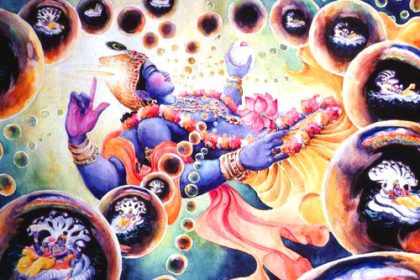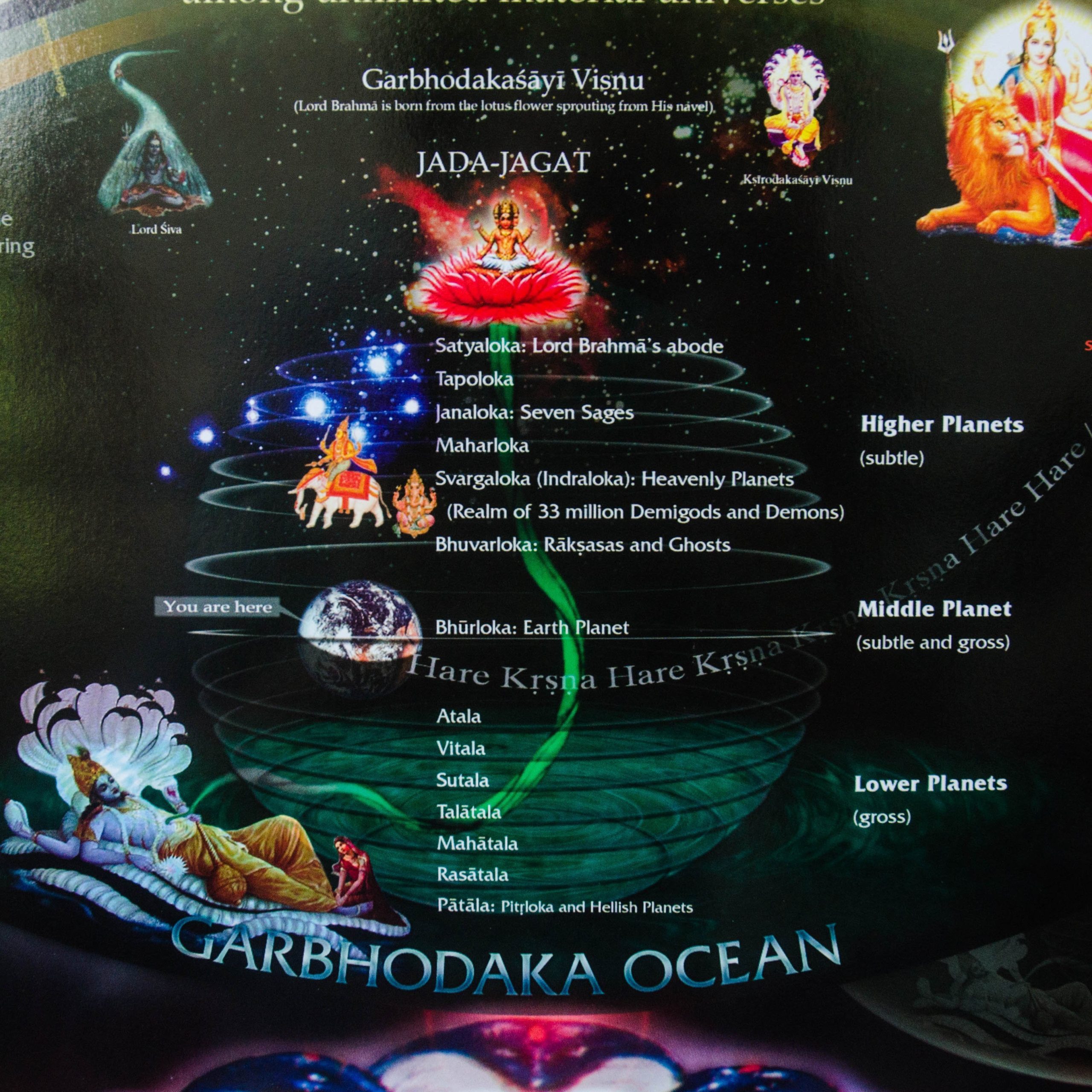What Subjects Does the Bhagavad-Gita Discuss
The subject of the Bhagavad-gītā entails the comprehension of five basic truths. First of all, the science of God is explained and then the constitutional position of the living entities, jīvas. There is īśvara, which means the controller, and there are jīvas, the living entities which are controlled. If a living entity says that he is not controlled but that he is free, then he is insane. The living being is controlled in every respect, at least in his conditioned life. So in the Bhagavad-gītā the subject matter deals with the īśvara, the supreme controller, and the jīvas, the controlled living entities. Prakṛti (material nature) and time (the duration of existence of the whole universe or the manifestation of material nature) and karma (activity) are also discussed. The cosmic manifestation is full of different activities. All living entities are engaged in different activities. From Bhagavad-gītā we must learn what God is, what the living entities are, what prakṛti is, what the cosmic manifestation is, how it is controlled by time, and what the activities of the living entities are.
Out of these five basic subject matters in Bhagavad-gītā it is established that the Supreme Godhead, or Kṛṣṇa, or Brahman, or the supreme controller, or Paramātmā—you may use whatever name you like—is the greatest of all. The living beings are in quality like the supreme controller. For instance, the Lord has control over the universal affairs of material nature, as will be explained in the later chapters of Bhagavad-gītā. Material nature is not independent. She is acting under the directions of the Supreme Lord. As Lord Kṛṣṇa says, mayādhyakṣeṇa prakṛtiḥ sūyate sa-carācaram: “This material nature is working under My direction.” When we see wonderful things happening in the cosmic nature, we should know that behind this cosmic manifestation there is a controller. Nothing could be manifested without being controlled. It is childish not to consider the controller. For instance, a child may think that an automobile is quite wonderful to be able to run without a horse or other animal pulling it, but a sane man knows the nature of the automobile’s engineering arrangement. He always knows that behind the machinery there is a man, a driver. Similarly, the Supreme Lord is the driver under whose direction everything is working. Now the jīvas, or the living entities, have been accepted by the Lord, as we will note in the later chapters, as His parts and parcels. A particle of gold is also gold, a drop of water from the ocean is also salty, and similarly we the living entities, being part and parcel of the supreme controller, īśvara, or Bhagavān, Lord Śrī Kṛṣṇa, have all the qualities of the Supreme Lord in minute quantity because we are minute īśvaras, subordinate īśvaras. We are trying to control nature, as presently we are trying to control space or planets, and this tendency to control is there because it is in Kṛṣṇa. But although we have a tendency to lord it over material nature, we should know that we are not the supreme controller. This is explained in Bhagavad-gītā.
What is material nature? This is also explained in Gītā as inferior prakṛti, inferior nature. The living entity is explained as the superior prakṛti. Prakṛti is always under control, whether inferior or superior. Prakṛti is female, and she is controlled by the Lord just as the activities of a wife are controlled by the husband. Prakṛti is always subordinate, predominated by the Lord, who is the predominator. The living entities and material nature are both predominated, controlled by the Supreme Lord. According to the Gītā, the living entities, although parts and parcels of the Supreme Lord, are to be considered prakṛti. This is clearly mentioned in the Seventh Chapter of Bhagavad-gītā. Apareyam itas tv anyāṁ prakṛtiṁ viddhi me parām/ jīva-bhūtām: “This material nature is My inferior prakṛti, but beyond this is another prakṛti-jīva-bhūtām, the living entity.”
Material nature itself is constituted by three qualities: the mode of goodness, the mode of passion and the mode of ignorance. Above these modes there is eternal time, and by a combination of these modes of nature and under the control and purview of eternal time there are activities, which are called karma. These activities are being carried out from time immemorial, and we are suffering or enjoying the fruits of our activities. For instance, suppose I am a businessman and have worked very hard with intelligence and have amassed a great bank balance. Then I am an enjoyer. But then say I have lost all my money in business; then I am a sufferer. Similarly, in every field of life we enjoy the results of our work, or we suffer the results. This is called karma.


